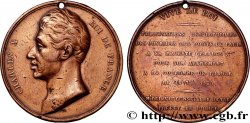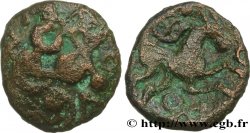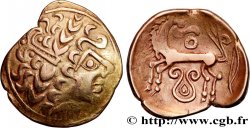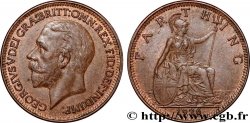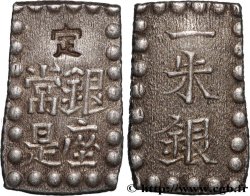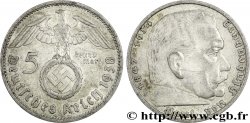v33_1580 - 5 francs Charles X, 2e type 1829 La Rochelle F.311/31
MONNAIES 33 (2007)
Startpreis : 280.00 €
Schätzung : 450.00 €
Erzielter Preis : 282.00 €
Anzahl der Gebote : 2
Höchstgebot : 329.00 €
Startpreis : 280.00 €
Schätzung : 450.00 €
Erzielter Preis : 282.00 €
Anzahl der Gebote : 2
Höchstgebot : 329.00 €
Type : 5 francs Charles X, 2e type
Datum: 1829
Name der Münzstätte / Stadt : La Rochelle
Prägemenge : 1153393
Metall : Silber
Der Feingehalt beträgt : 900 ‰
Durchmesser : 37,20 mm
Stempelstellung : 6 h.
Gewicht : 25,03 g.
Rand en creux (lis) DOMINE SALVUM FAC REGEM
Kommentare zum Erhaltungszustand:
Remarquable lumière, pratiquement aucune usure : les mèches de favoris sont encore nettes ! Quelques traces de frottements dans les champs
N° im Nachschlagewerk :
Pedigree :
C'est l'exemplaire n° 1219 du trésor de Clisson (Loire-Atlantique)
Vorderseite
Titulatur der Vorderseite CHARLES X ROI - DE FRANCE..
Beschreibung Vorderseite Tête nue de Charles X à gauche ; au-dessous MICHAUT. sur un petit T. cursif le long du listel.
Rückseite
Titulatur der Rückseite 5 - F// (MM) 1829 H.
Beschreibung Rückseite Écu de France sommé d'une couronne royale, contenu dans une couronne ouverte composée de deux branches de laurier nouées à leur base par un ruban.
Kommentare
Étonnant cas de coin choqué, au droit, où il ne reste aucun témoignage du choc, sauf, au fond de l’oreille de Charles X, les stries du blason de revers. Le creux de l’oreille étant le point le plus haut du coin, il a subi le choc le plus marqué. Le reste du coin fut-il commotionné et a-t-il été regravé ensuite ou le choc fut-il minime et seul ce point fut-il touché ? À première vue, c’est le cas.
A surprising case of a dented die, on the obverse, where there is no evidence of the dent, except, at the bottom of Charles X's ear, the grooves of the reverse coat of arms. The hollow of the ear being the highest point of the die, it suffered the most marked dent. Was the rest of the die dented and was it subsequently re-engraved or was the dent minimal and only this point was affected? At first glance, this is the case
A surprising case of a dented die, on the obverse, where there is no evidence of the dent, except, at the bottom of Charles X's ear, the grooves of the reverse coat of arms. The hollow of the ear being the highest point of the die, it suffered the most marked dent. Was the rest of the die dented and was it subsequently re-engraved or was the dent minimal and only this point was affected? At first glance, this is the case








 Berichten über einen Fehler
Berichten über einen Fehler Die Seite drucken
Die Seite drucken Teilen meiner Auswahl
Teilen meiner Auswahl Stellen Sie eine Frage
Stellen Sie eine Frage Einlieferung/Verkauf
Einlieferung/Verkauf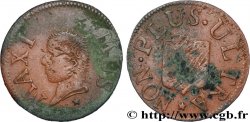
 Details
Details



